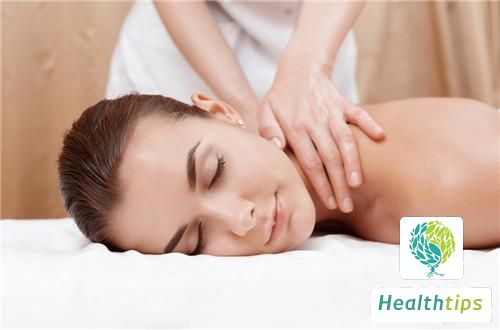When there is excessive dampness inside the human body, it is easy to induce various diseases. At this time, it is necessary to help the body remove dampness. Through traditional Chinese medicine methods such as massage, cupping, acupuncture, and moxibustion, it can be effectively removed. During massage, mainly focus on the Fenglong acupoint, Zusanli acupoint, Zhongwan acupoint, and Quchi acupoint. Maintain appropriate strength during the massage process to avoid damaging the human skin. Generally, massage once every two weeks to continuously improve the body's resistance.

Which acupoints should be massaged to remove dampness? Fenglong Acupoint: This is a meridian point of the Foot Yangming Stomach Meridian, located 8 cun above the lateral malleolus tip on the anterior outer side of the lower leg, 2 horizontal fingers away from the anterior border of the tibia. Zusanli Acupoint Location: This is a key acupoint for health care, located 3 cun in front of the outer knee and 1 horizontal finger away from the anterior border of the tibia. Massage Method: Use the thumb to press or rub the acupoint clockwise for 5-8 minutes, achieving a local sensation of soreness and swelling for better effect. Zhongwan Acupoint Position: Upper abdomen, anterior midline, 4 cun above the navel. Press the acupoint with the fingertips or the palm base and rub clockwise for 2-5 minutes. Function: It has the effect of harmonizing the stomach, strengthening the spleen, descending rebellious qi, and promoting diuresis. It is suitable for those with dampness stagnation, gastric distention, and belching. Quchi Acupoint Location: This is a meridian point of the Hand Yangming Large Intestine Meridian, located at the outer end of the elbow crease when the elbow is fully flexed. Massage Method: Rub this acupoint with the thumb for 2-5 minutes, or use the four fingers together to tap this acupoint until the local skin turns slightly red. Function: It can release damp-heat from the large intestine, used for those with anal burning, yellow and loose stool, and incomplete evacuation, as well as treating skin diseases such as eczema.
How else can dampness be removed? 1. Moderate Exercise: Most people with excessive dampness inside the body are caused by unhealthy diet or lack of exercise. They often feel heavy-bodied and weak in the limbs, making them less willing to exercise, which leads to dampness accumulation inside the body. Over time, it can lead to dampness invading the spleen and causing a series of diseases. Therefore, moderate exercise can not only relieve stress but also promote the functioning of various organs in the body. 2. Avoid Damp Environments: Avoid contact with damp environments, especially for people who are more sensitive to dampness. Avoid going out in the rain, wearing wet clothes, and drying your hair after bathing. Keep the room as dry as possible, and you can use fans, air conditioners, or other appliances to maintain the air quality. 3. Light and Moderate Diet: To remove dampness from the body, attention should be paid to dietary adjustment. Since the gastrointestinal system involves the metabolism of nutrients and water, a moderate and light diet helps to regulate the body. Alcohol, fatty, and greasy foods are not easy to digest and can easily cause gastrointestinal distention and inflammation. Sweet foods, fried foods, etc., can also lead to the production of peroxides in the body, aggravating inflammation. 4. Cupping for Dampness Removal: Cupping is a commonly used treatment method in traditional Chinese medicine to remove dampness. This method can dispel cold and dampness, dredge meridians, eliminate stagnation, promote qi and blood circulation, reduce swelling and pain, detoxify, and expel heat.

